How to Make Simple Reduction Sauces
A reader wrote to me to say that he cannot make reduction sauces correctly. He said that they never reach a saucy consistency unless he uses a slurry or a roux to thicken them. He wants to know if he is missing something.
I love reductions, so several years ago, I read everything I could find about how to make them, and now I can make delicious reduction sauces. The most important thing to remember about them is that you have to start with a flavorful liquid.
You can reduce water all day and never have a sauce, right? Also, the texture of a reduction is generally thinner than a roux or slurry-thickened sauce. A reduction will coat a spoon–think the consistency of real maple syrup or cough syrup.
The Difference Between A Simple Reduction Sauce & A Reduction Sauce
A reduction sauce is made by simmering a liquid, such as stock, wine, or vinegar, to reduce its volume and concentrate its flavors. The reduction process naturally thickens the sauce as water evaporates, leaving a more intense flavor.
A simple reduction sauce is a sauce made with only a few ingredients. It typically consists of the liquid being reduced and perhaps some aromatics like herbs, shallots, or garlic. It’s straightforward and often used to enhance the natural flavors of the main ingredient without overpowering it.
In contrast, a reduction sauce might involve more complex ingredients and additional steps, such as deglazing a pan with wine or adding other flavoring agents like mushrooms or tomatoes. The term “simple” implies a basic version of a reduction sauce with fewer components and a more straightforward preparation method.
More Detail Please
Let’s delve deeper into the differences between a reduction sauce and a simple reduction sauce.
While both reduction and simple reduction sauces involve simmering a liquid to reduce its volume and intensify its flavor, they differ in terms of ingredients, complexity, and versatility. Whether you make a traditional reduction sauce or opt for a simpler version depends on your preference, the dish you’re preparing, and the level of complexity you desire.
Ingredients
Reduction Sauce: It can include various ingredients depending on the desired flavor profile. It often starts with a flavorful liquid base such as stock, wine, or vinegar, which is then reduced to intensify its flavor. Additional ingredients like aromatics (such as onions, garlic, or shallots), herbs, spices, and sometimes even butter or cream can be added to enhance the taste and texture.
Simple Reduction Sauce: It typically contains fewer ingredients. It usually consists of just the liquid being reduced and a few basic aromatics, such as shallots or garlic, to add depth of flavor. The simplicity allows the natural flavors of the main ingredients to shine through without being overwhelmed by other components.
Complexity
Reduction Sauce: Making one can involve multiple steps, such as sautéing aromatics, deglazing a pan with wine or stock, and then simmering the mixture until it reduces to the desired consistency. Adding various ingredients and techniques contributes to a more complex flavor profile.
Simple Reduction Sauce: As the name suggests, this sauce is less complex in terms of ingredients and preparation. It typically requires fewer steps and can be made relatively quickly, making it ideal for dishes where you want a flavorful sauce without spending too much time in the kitchen.
Versatility
Reduction Sauce: Reduction sauces are versatile and can be tailored to complement a wide range of dishes, from meats and poultry to seafood and vegetables. Adding different ingredients allows for endless variations, making it suitable for various cuisines and flavor preferences.
Simple Reduction Sauce: While simple reduction sauces may have fewer ingredients, they are still versatile and can enhance various dishes. Their straightforward nature makes them particularly suitable for dishes where you want to highlight the natural flavors of the main ingredients without overpowering them with complex sauces.
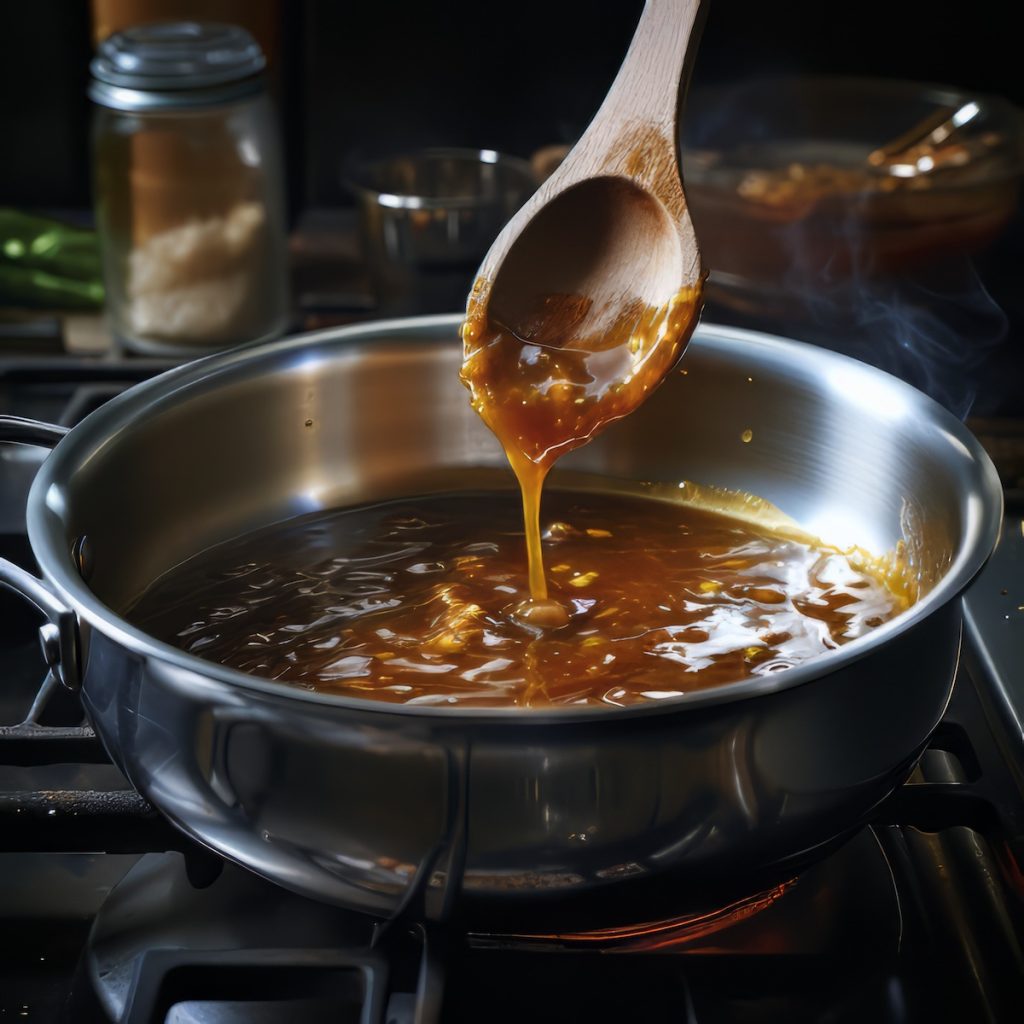
Before Reduction Sauces
Before everyone was concerned about diets and eating healthier, most sauces were thickened with the help of liaisons, a fancy name for thickening agents. The most popular is a classic roux consisting of fat (usually butter) and flour, although some people use simple flour and water.
Another popular thickener is cornstarch mixed with water or stock. Egg yolks are also used to create a silky texture, but if you’re not careful, they can end up as scrambled eggs.
And one of my favorite thickening agents that my doctor tells me I should eliminate from my diet is cream or half and half (half milk/half cream). You can use evaporated milk combined with a starch thickener as a substitute, but it would not taste the same.
How much stock should you add?
Start with two cups of stock if you want a cup of sauce. You will reduce whatever liquid you are using by half. If you think the sauce should be thicker, continue cooking it down until it reaches your desired consistency.
Chefs or cookbooks often describe reducing a sauce until it is “thick enough to coat a spoon.” All this means is you dip a spoon in the sauce, and if the sauce sticks, it’s ready. If you reduce the sauce too much, add a little more stock.
You can read my full description of making pan sauces, but here’s a simple recipe for making a quick reduction sauce at home.
Simple Reduction Sauce
Ingredients
- fond from searing beef or lamb
- 2 teaspoons cooking oil or bacon fat if no fat is left in the pan
- 1 small shallot minced
- 1 cup red wine full bodied
- 1 cup beef or veal stock
- salt and pepper to taste
- 1 tablespoon butter cut into small pieces
- 1 tablespoon fresh herbs minced, thyme and rosemary work well here
Instructions
- Remove the meat from the pan. Cover with foil to rest.
- Add the oil or bacon fat to the hot pan, if needed, along with the shallot and wine.
- Cook, scraping the bottom of the pan, until all the fond is released and the shallot is soft.
- Continue to cook until the wine is well reduced. The mixture should be very syrupy and thick, and there should be no more than ¼ cup left in the pan.
- Add the stock and simmer again until reduced by at least half.
- Remove from the heat and taste for seasoning. Do not season before reducing, because your sauce will be too salty.
- Add a little salt and/or pepper if needed.
- Swirl in the butter, a bit at a time. Adding this fat is an optional step, but it helps to make the sauce silky and tends to round out the flavors.
- Swirl in the herbs right before serving.

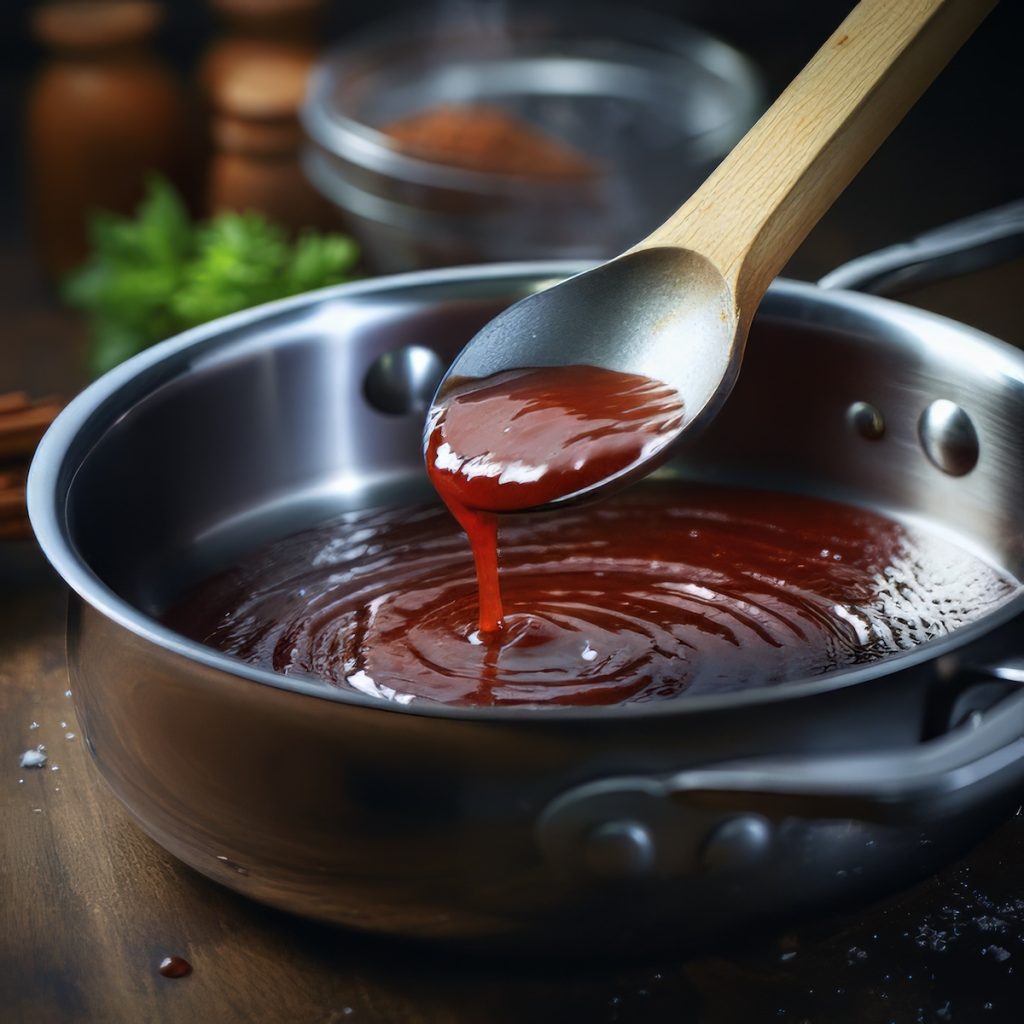
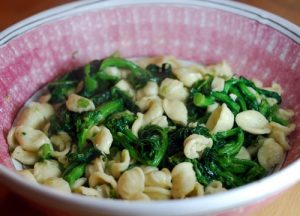
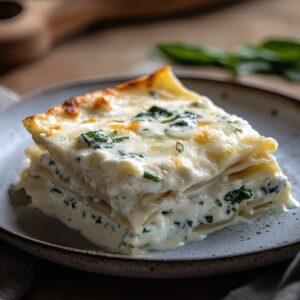



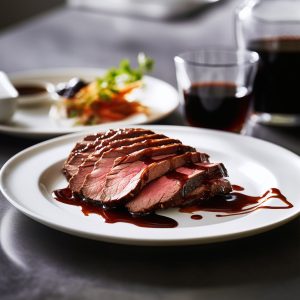
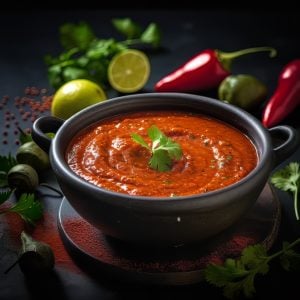
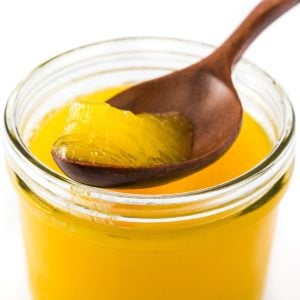
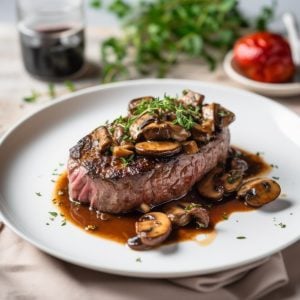
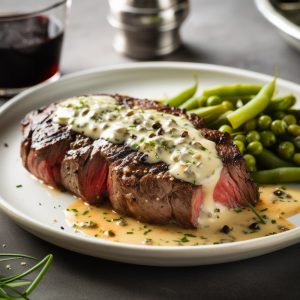
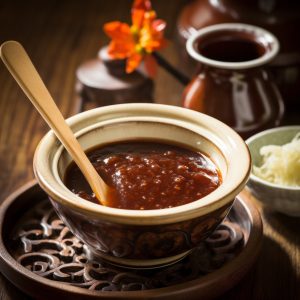




9 Responses
I too always had problems (time wise) with reductions. Always takes longer than specified in a recipe. Your post reads, to let the liquid (simmer?) for several hours till reduced. Yet the recipe says the cook time is only 15 minutes. I’m confused.
Cathleen, I was trying to describe, and not to well as I can see, the difference between a simple reduction which can take hours and a reduction sauce that typically takes 15 minutes or less. Sorry for the confusion and thanks for bringing this to my attention.
I’ve recently started cooking and your website and posts have been very much invaluable.
I’ve been messing around with simple pan sauces (as demi glaces sauces are a bit daunting), and realized that chicken stock and broth aren’t the same things, and perhaps that’s why my sauces are going from thin to gritty-pasty, skipping right over smooth and syrupy.
I was wondering if the veal stock recipe you use needs to be adapted (rather than just scaled down) for use in a crock pot. I can’t seem to find anything better than “better than bouillon” in my budget as far as store bought products go, and i feel relatively safe leaving a crockpot unattended for 12 hours to make my own chicken stock for pan sauces and beef stock for reducing into a glace.
Sidd, I have never even tried making a stock in a crock pot. Is it even possible? I don’t think there is enough heat to make a proper stock or reduce a stock down to a glace but if you do give it a try, please let me know your results. I have read Better Than Bouillon is a good cost effective stock but why not just make your own in about an hour with the leftover carcass of a roasted chicken. We made a whole bunch of turkey stock using the carcass and leg bones that we’ll use for soup, risotto, sauces. If you are interested in learning more about the difference between chicken stock and broth, please read my post http://www.reluctantgourmet.com/is-chicken-stock-the-same-as-chicken-broth/
I would like to know the differences between a pressure cooker, a slow cooker and a crock pot.
thanks,
Charles
Charles, I think of a slow cooker and crock pot being one in the same. Crock Pot is a commercial brand of a slow cooker. Basically, a slow cooker is “a large electric pot used for cooking food, especially stews, very slowly.” Check out my post on crock pot or Dutch Oven. A pressure cooker is a horse of a different color.
A pressure cooker is “an airtight pot in which food can be cooked quickly under steam pressure” and you can read more about them on my Pressure Cooker post.
Hope this helps.
Hi Stephen:
Not sure if you are still monitoring this post but thank you for posting this. I have been looking on line for the procedure for making a reduction and most of not all of the posts are ways to short-cut the process, which is definitely NOT what I wanted. In regard to this particular procedure, at what point would you add mushrooms? would they be fresh of dried? and what type would you recommend? Thank you!
Hi Richard, thanks for reaching out. I add mushrooms right after I deglaze with wine and scrape the fond from the bottom of the pan. Mushrooms contain a lot of water and it will release when cooking. As I reduce the wine, the mushrooms will release their liquid and then I reduce both. That’s how I typically do it but that doesn’t mean it is the only way. You can experiment with adding mushrooms when you add the stock and see which way you like it best.
Great post. Really helpful information. Thanks.